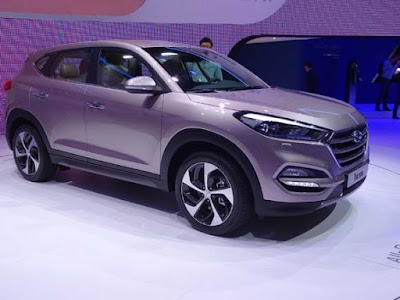The latest design exercise from Italdesign is the GEA, a large sedan that emphasizes interior space and comfort in a vehicle that would potentially be capable of autonomous operation. Penned by former Audi designer Wolfgang Egger, the GEA has a minimalistic exterior shape with few lines punctuated by thing strips of chrome to add a touch of elegance
Thin LED lights on the front and rear of the car project white light when the car is being piloted by the driver, but when the car is in autonomous mode, the lights turn blue to signal that the car is operating on its own. Powered by four electric motors, one at each corner, that provide 764 horsepower, the GEA would be capable of a top speed of 155 mph. The GEA rides on a 131.1 inch wheelbase and measures 214.1 inches overall, slightly longer than a long-wheelbase Mercedes-Benz S-Class
No B-pillar
The vehicle has no pillar and coach style doors that provide a wide opening for access to the four club-like chairs. The driver seat distinguished by its black upholstery, while the rest of the interior is done up in gray fabrics. LED lighting is visible through the materials used on the door inserts and its color can be changed to create different moods. The front passenger seat swivels so that it can face the rear
When designing GEA we thought of the businessmen and businesswomen of tomorrow: the time spent travelling will become productive even in a car," said Egger. "With the three internal setting configurations, which can be selected on the control sphere situated between the two front seats, the car can turn into a travelling office, a wellness or a dream area. This is our vision of luxury mobility for the future
Business, wellness or dream modes
In business mode, GEA is an office on wheels. The LEDs in the door panels project a white light which aids concentration and productivity. Two transparent LED screens measuring 19 inches each come down from the roof opposite the rear seats and the passenger can choose the information to project onto them. The dashboard graphics change and create a single setting to match the background of the two screens
The wellness mode, developed in conjunction with Technogym, is ideal during long journeys because it allows the passenger to perform isometric exercises, which are ideal to warm up the muscles. In this case, the LEDs in the panel turn an amber color, for a warmer and more relaxing ambiance. The rear seats feature two aluminum handles which, on pressing a sensor, come out of the tray to be used for exercises on the upper body. For the lower limbs, the floor has been fitted with two boards, also made by Technogym, which can be raised using the controls for use in step exercises. A tutorial video with the Technogym exercise programs appears on the monitors to guide the user
In Dream mode, total relaxation is the goal. The LEDs project a relaxing blue light, the windows darken and pictures of galaxies and starry skies appear on the monitors and on the front dashboard. Two comfortable footrests can be extended out from the seats and the right-hand rear seat can extend fully to form a real bed joining up with the front seat, swiveled to face opposite the direction of travel but with the seat back up, to reproduce the typical environment found when flying first class
















































